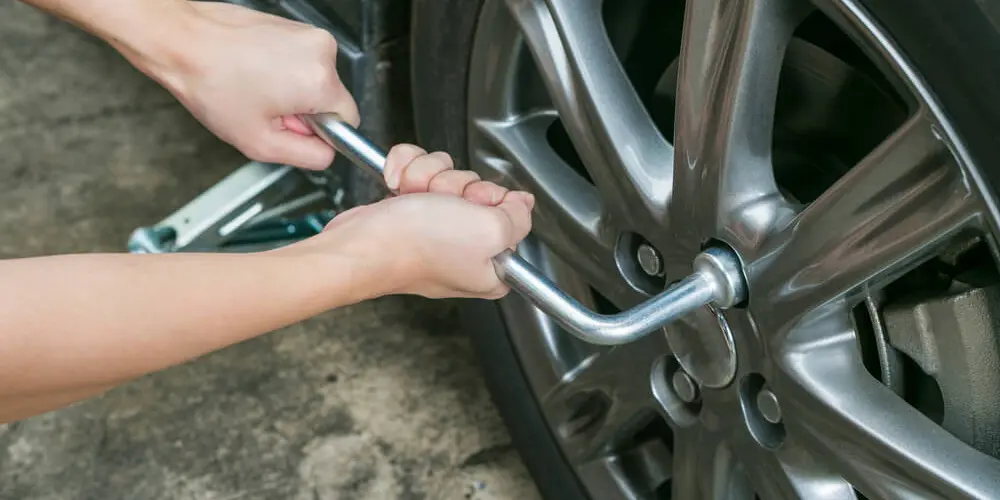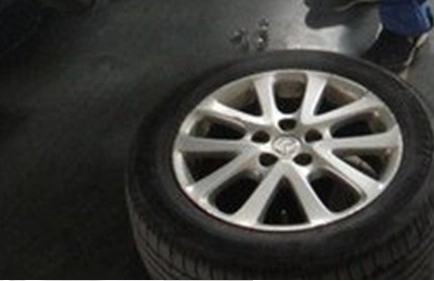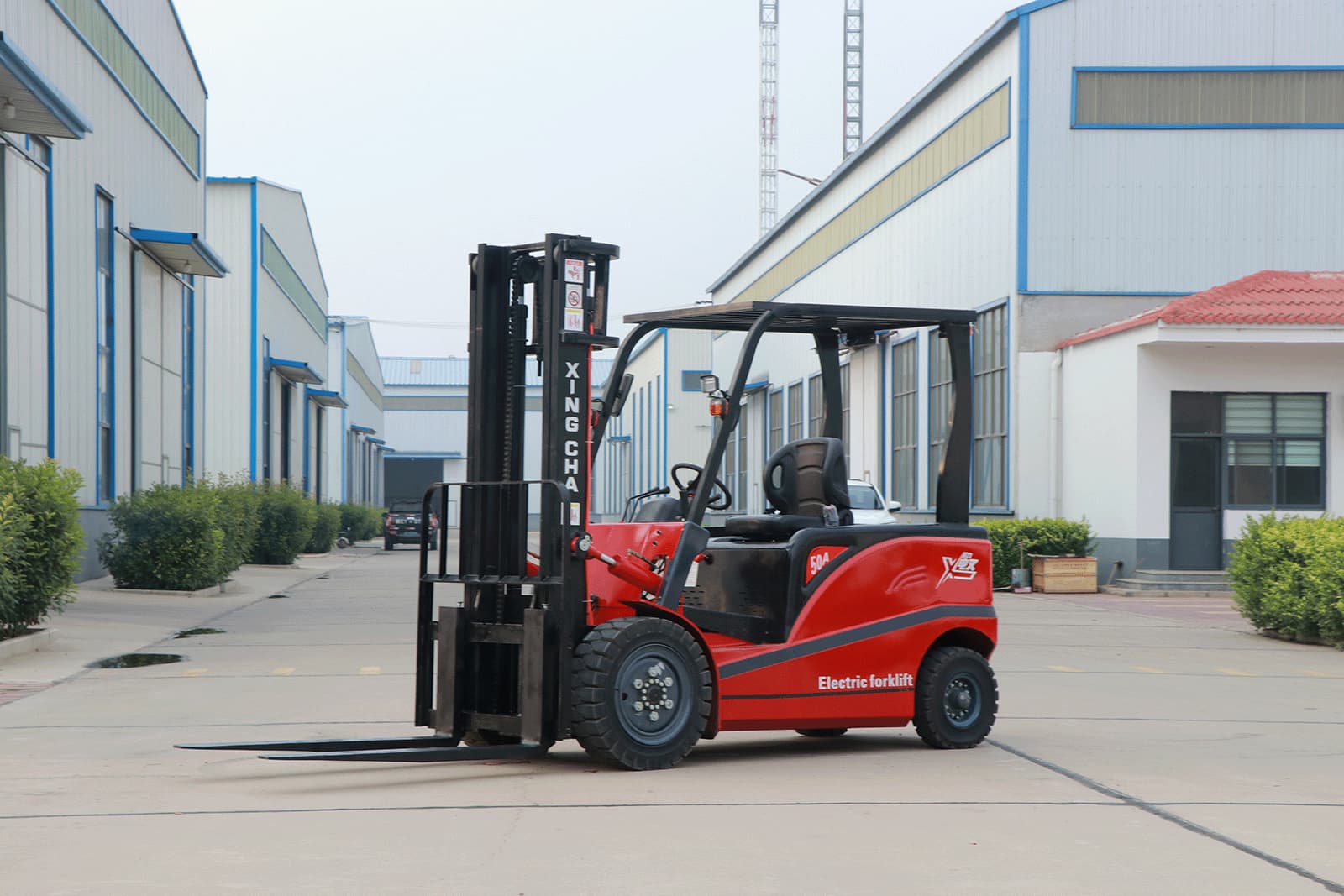Mastering how to change electric forklift tires is essential for ensuring the safety, efficiency, and longevity of your forklift operations. Forklift tires, whether air-filled or solid pneumatic, are crucial for the smooth running of logistics and warehouse operations. Understanding the intricacies of forklift tire replacement not only ensures operational uptime but also significantly affects the maneuverability and safety of the forklift.
Necessary Tools and Precautions
Tools Required for the Task
To ensure a safe and efficient tire change, specific tools are needed:
- Forklift jack to elevate the vehicle.
- Impact wrench for loosening and tightening lug nuts.
- Forklift tire press for changing cushion tires.
Start by finding a flat, clear area to work in to avoid any mishaps.
Safety Steps to Follow
Loosen Lug Nuts: Slightly loosen the lug nuts with an air impact wrench without removing them entirely.

Lift the Forklift: Use the forklift jack to lift the side that requires the tire change.

Remove Lug Nuts: Fully remove the lug nuts after the vehicle is securely raised.

Install New Tire: Tighten the lug nuts by hand first, then finish with the impact tool. Avoid over-tightening to prevent damage.

Check Wheel Balance: Ensure the wheel is balanced and spins freely before lowering the forklift.
Replace Both Tires: Replace both tires on the same axle simultaneously to maintain balance.
Conduct Test Drive: Test drive to ensure everything is functioning smoothly.

Changing Solid Pneumatic Electric Forklift Tires
Jacking and Blocking the Forklift
- Elevate the Forklift: Use a forklift jack to raise the equipment off the ground.
- Block the Forklift: Place blocks at four points to prevent movement during the tire change.
Removing the Old Tires
- Remove Lug Nuts: Use an impact gun to remove the lug nuts.
- Dismantle Wheel Assembly: For multi-piece wheels, remove the side ring and lock ring. Use a tire iron for split rims.
Cleaning and Inspecting the Rim
- Clean the Rim: Ensure no dirt or debris remains.
- Inspect for Damage: Check for splits, cracks, or delaminations. Address any issues before installing the new tire.
Reinstalling the New Tires
- Press New Tire: For multi-piece wheels, press the tire onto the rim, then replace the lock ring and side ring. For split rims, press the tire onto the bottom half of the rim, then press the top half.
- Secure the Tire: Reinstall the tires onto the forklift and securely tighten the lug nuts.
Changing Air-Filled Pneumatic Electric Forklift Tires
Jacking and Blocking the Forklift
- Elevate the Forklift: Use a forklift jack to raise the forklift off the ground.
- Block the Forklift: Secure the forklift by placing blocks under the frame to prevent movement.
Deflating and Removing Tires
- Deflate Old Tire: Remove the valve core to allow the air to escape.
- Remove Wheel Assembly: Loosen the lug nuts and carefully remove the wheel assembly. Clean and inspect the rim before proceeding.
Inflating New Tires Inside a Tire Cage
- Mount the New Tire: Secure it with the side and lock rings.
- Use a Tire Cage: Inflate the tire inside a tire cage to contain any debris in case of an explosion.
- Final Installation: Inflate to proper pressure, inspect for issues, deflate, remove from the tire cage, and re-inflate after installation.
Conclusion
Understanding and following the steps for changing both solid pneumatic and air-filled pneumatic forklift tires is crucial for maintaining efficiency, safety, and longevity in forklift operations. Properly maintaining forklift tires ensures better maneuverability and operational uptime.
This guide provides the confidence and expertise needed to tackle forklift tire replacement safely and efficiently. By applying these best practices, you enhance both the efficiency and safety of your operations, contributing positively to your overall workflow and productivity in logistics and warehouse activities.
